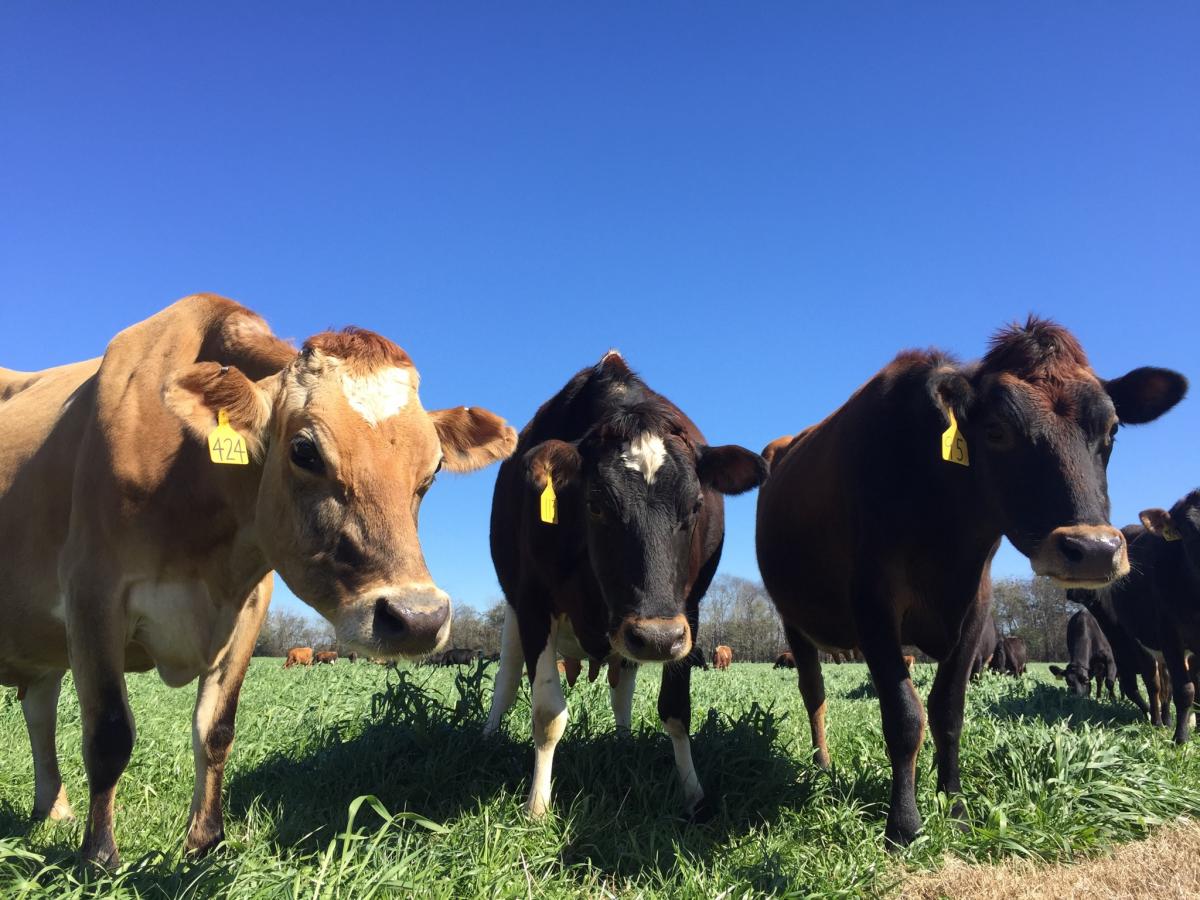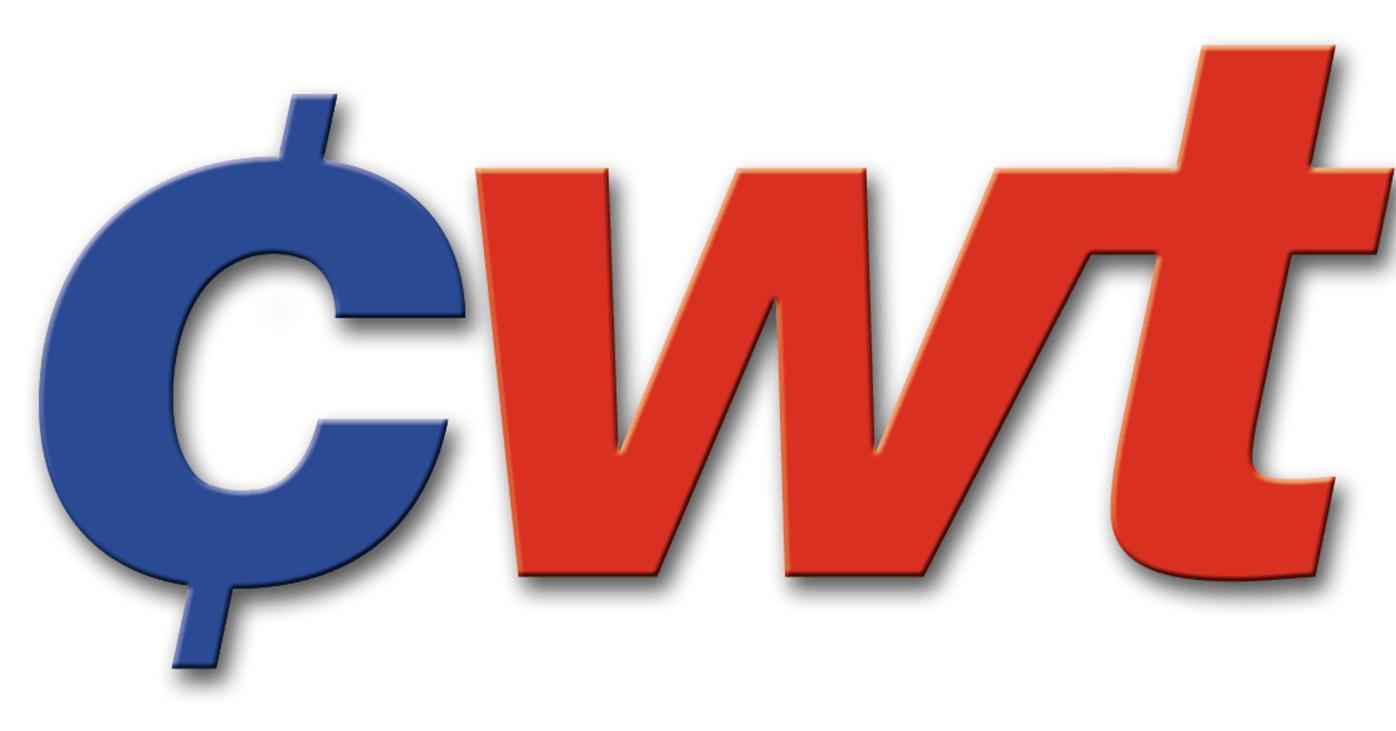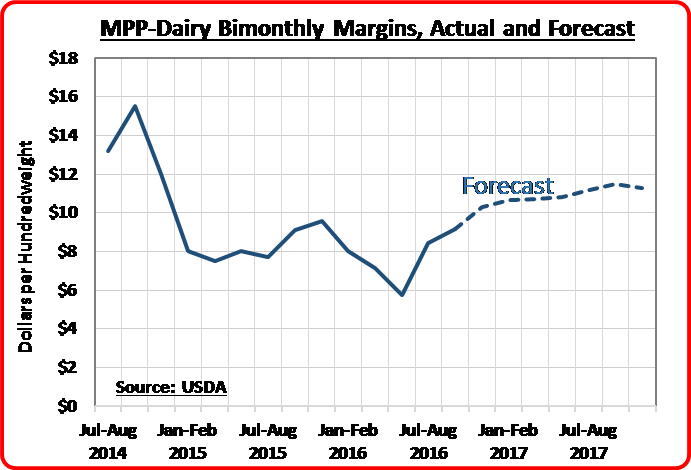From Jim Mulhern, President and CEO, NMPF:
ARLINGTON, VA – “We are encouraged that the U.S. Department of Agriculture’s (USDA) principles for the next farm bill, released by Secretary Sonny Perdue on Wednesday, start with improving the farm safety net. The current farm bill’s dairy Margin Protection Program (MPP) has proven to be inadequate in providing help to America’s dairy farmers, and fixing it must be a priority in 2018.
“The USDA has taken significant steps at NMPF’s request in the past three years to improve the MPP, but now legislative changes are needed. NMPF continues to work with USDA and lawmakers in the House and Senate to strengthen the MPP to ensure meaningful assistance for those relying on it, and to find ways to expand risk management options for farmers. Making the MPP a reliable program for dairy farmers is vital to encouraging future farmer participation in the program. Additional risk management tools are also critical for the future of our dairy farmer community. Raising the current expenditure cap on programs available under USDA’s Risk Management Agency is vital to increasing the toolbox of options for farmers.
“As we begin 2018, milk prices and on-farm dairy margins are poor. It’s time to expand access to risk management tools and rectify the flaws in the MPP to create a workable safety net for dairy farmers.”
###
The National Milk Producers Federation (NMPF), based in Arlington, VA, develops and carries out policies that advance the well-being of dairy producers and the cooperatives they own. The members of NMPF’s cooperatives produce the majority of the U.S. milk supply, making NMPF the voice of dairy producers on Capitol Hill and with government agencies. For more on NMPF’s activities, visit our website at www.nmpf.org.

 National Milk continues to advise dairy farmers not to file ammonia-related air emissions reports until an appeals court issues a mandate that triggers a reporting requirement – an action that could be taken later this month.
National Milk continues to advise dairy farmers not to file ammonia-related air emissions reports until an appeals court issues a mandate that triggers a reporting requirement – an action that could be taken later this month. NMPF is now accepting applications for its National Dairy Leadership Scholarship Program for academic year 2018-2019. Applications must be received no later than Friday, April 6, 2018.
NMPF is now accepting applications for its National Dairy Leadership Scholarship Program for academic year 2018-2019. Applications must be received no later than Friday, April 6, 2018. NMPF expressed support this month for the Maryland Department of Environment’s regulation to establish a water quality trading program, one that could serve as model for how other states provide opportunities for dairy farmers to benefit from the management of nutrients.
NMPF expressed support this month for the Maryland Department of Environment’s regulation to establish a water quality trading program, one that could serve as model for how other states provide opportunities for dairy farmers to benefit from the management of nutrients. Cooperatives Working Together (CWT) helped member cooperatives secure 45 contracts to sell 6.06 million pounds of American-type cheeses and 1.10 million pounds of butter to customers in Asia, Central America, the Middle East, North Africa and Oceania. The product will be shipped in the months between December 2017 and March 2018.
Cooperatives Working Together (CWT) helped member cooperatives secure 45 contracts to sell 6.06 million pounds of American-type cheeses and 1.10 million pounds of butter to customers in Asia, Central America, the Middle East, North Africa and Oceania. The product will be shipped in the months between December 2017 and March 2018. The monthly margin under the dairy Margin Protection Program (MPP) rose by $0.39/cwt from October to $10.39/cwt in November. The increase was generated by both a higher all-milk price, which rose by $0.20/cwt, as well as a $0.19/cwt drop in the MPP feed cost formula. Twelve cents of the feed cost drop were due to a decline in the corn price, $0.05 stemmed from a lower alfalfa hay price, and $0.01 resulted from a lower soybean meal price. The November monthly MPP margin was the highest since February 2017. The MPP monthly margin was last below $8.00/cwt in July 2016. The November monthly MPP feed cost was $7.71/cwt, the lowest since December 2016. The November all-milk price, $18.10/cwt., was the highest since February 2017.
The monthly margin under the dairy Margin Protection Program (MPP) rose by $0.39/cwt from October to $10.39/cwt in November. The increase was generated by both a higher all-milk price, which rose by $0.20/cwt, as well as a $0.19/cwt drop in the MPP feed cost formula. Twelve cents of the feed cost drop were due to a decline in the corn price, $0.05 stemmed from a lower alfalfa hay price, and $0.01 resulted from a lower soybean meal price. The November monthly MPP margin was the highest since February 2017. The MPP monthly margin was last below $8.00/cwt in July 2016. The November monthly MPP feed cost was $7.71/cwt, the lowest since December 2016. The November all-milk price, $18.10/cwt., was the highest since February 2017. The Consortium for Common Food Names’ (CCFN) work to protect common food names and safeguard global sales opportunities for cheeses finished the year with a flurry of important activity in key markets.
The Consortium for Common Food Names’ (CCFN) work to protect common food names and safeguard global sales opportunities for cheeses finished the year with a flurry of important activity in key markets.



